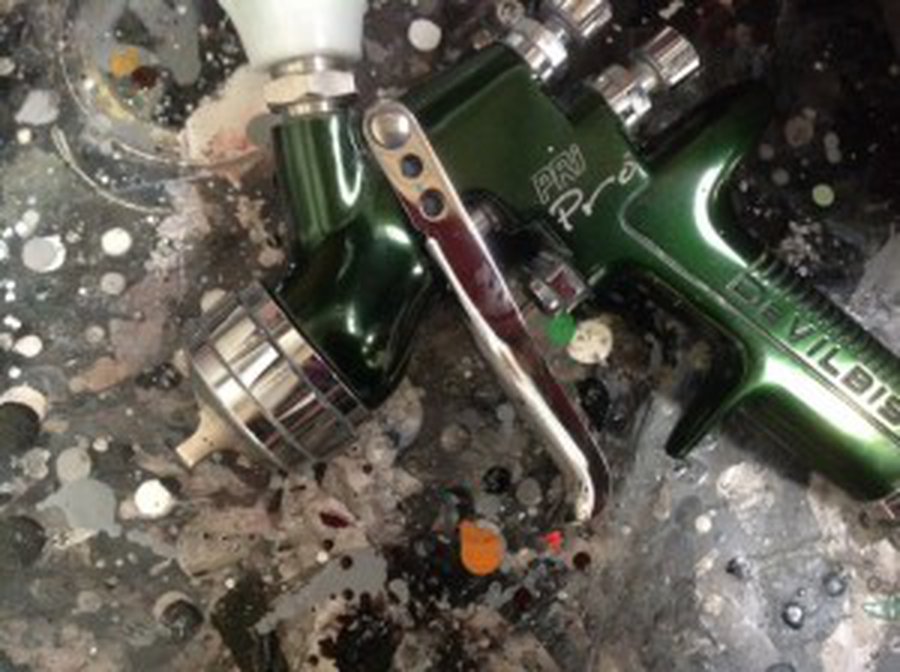If Turner had had a spraygun - he would have used it!
— November 2015
A surge in the use of the word ‘craft’ has caused creatives to look hard at the core ‘hands-on’ aspects of their trades. The term has overtones of looking backwards, espousing heritage techniques as hallowed foundations to our craft. But not necessarily!
Crossing technical boundaries has long been important to me because the locations of my commissions range from the most modern of buildings to the most ancient of structures.
Crossing technical boundaries has long been important to me because the locations of my commissions range from the most modern of buildings to the most ancient of structures.

Contemporary versus traditional?

Traditional versus contemporary?
Blending is the key, blending ideas old and new. Not thinking it's a matter of Traditional -v- Contemporary. Embellishing the qualities of the traditional with the opportunities of the contemporary keeps a designer/maker able to change as architecture has changed.
Good contemporary artists - of any era - use all available resources to create their work. In the tradition of the designer I focus on the vision of the installed design, but in the mould of tomorrow's maker I will use any and all opportunities available for creating my designs. Taking full opportunity and full advantage of all creative approaches - traditional and contemporary.
For example, in my enamelled façade for J Sainsbury's I used buckets of silver nitrate stain and applied it with a spray gun. Silver nitrate is a material traditionally used in stained glass, and it used by the thimble-full. Rather I took the irreplaceable qualities of silver nitrate, and applied those qualities using a modern toolset. Today I ran my enamel samples through a toughening plant, rather than the usual sample kiln, because the pieces I am working on will be fired at large scale and the toughener gives rise to a need for a different approach.
Keeping our traditional ‘craft’ techniques going is important, as it's a solid foundation for the future. But I argue that it is even more important to keep them relevant to our time, to ensure the survival of our arts as the world changes around us.

